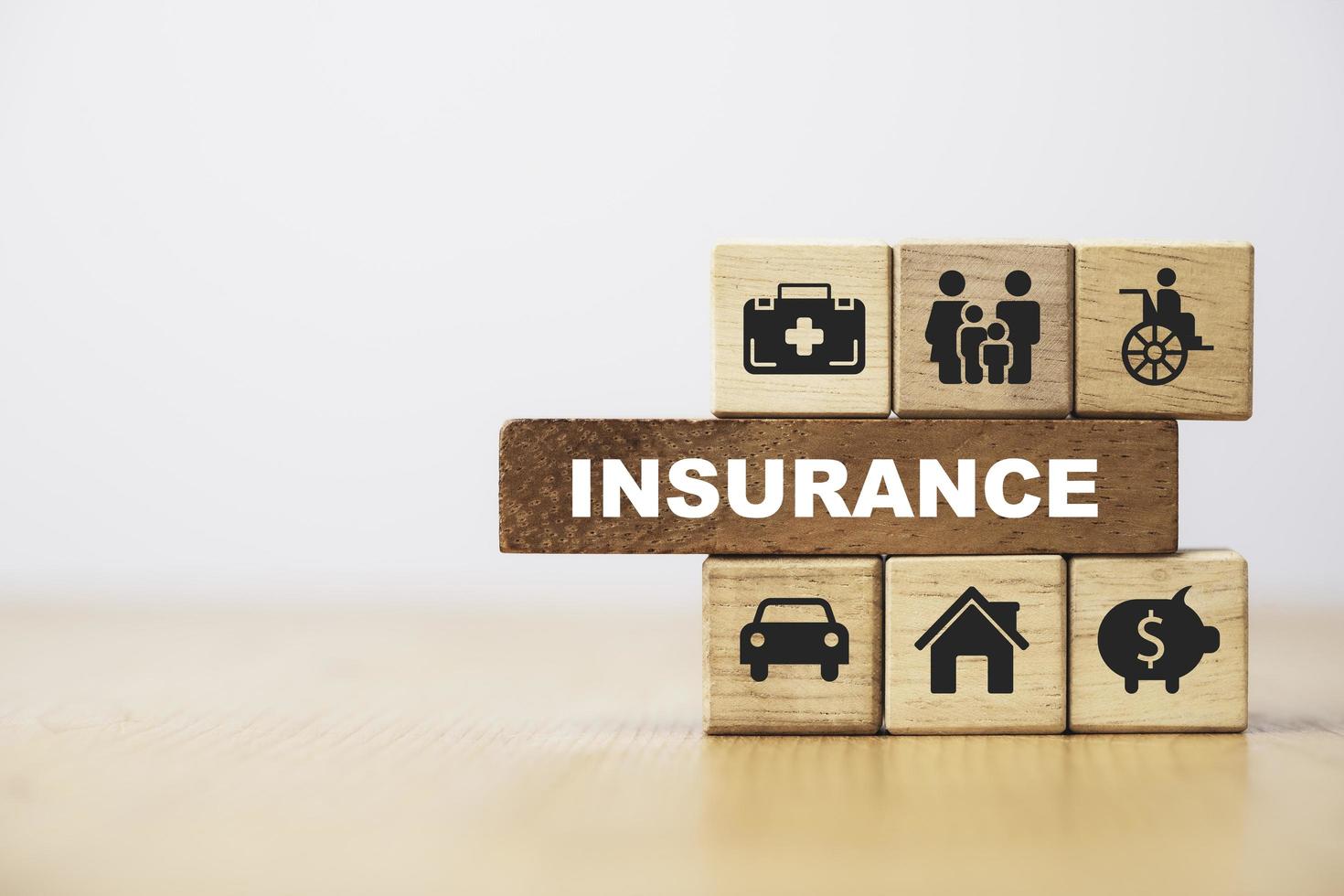Insurance is a financial product that provides protection against potential future losses or damages. By paying a premium, you transfer the risk of a significant financial burden to the insurance company, which agrees to cover certain losses as specified in the policy. Here’s a detailed look at various types of insurance and key concepts associated with each:
Types of Insurance
1. Health Insurance
HMO (Health Maintenance Organization): Requires using network doctors and getting referrals for specialists.
PPO (Preferred Provider Organization): Offers more flexibility in choosing healthcare providers and doesn’t require referrals.
EPO (Exclusive Provider Organization): Requires using network providers but doesn’t need referrals.
HDHP (High Deductible Health Plan): Lower premiums but higher deductibles, often paired with Health Savings Accounts (HSAs).
Key Considerations: Network coverage, premiums, deductibles, copayments, out-of-pocket maximums, and covered services.
2. Auto Insurance
Liability Insurance: Covers damage or injury to others if you’re at fault.
Collision Insurance: Covers damage to your car from accidents.comprehensive Insurance: Covers non-collision-related damage (e.g., theft, vandalism, natural disasters).
Uninsured/Underinsured Motorist Coverage: Protects against damages caused by drivers with insufficient or no insurance.
Personal Injury Protection (PIP): Covers medical expenses and lost wages for you and your passengers.key Considerations: State requirements, coverage limits, deductibles, premiums, and optional coverages.
3. Homeowners Insurance
- HO-1: Basic coverage.
- HO-2: Broad coverage for specific perils.
- HO-3: Special form coverage, most common.
- HO-4: Renters insurance.
- HO-5: Comprehensive form, extensive coverage.
- HO-6: Condo insurance.
- HO-7: Mobile home insurance.
- HO-8: Older home insurance.
- Key Considerations: Coverage for dwelling, personal property, liability, and additional living expenses, as well as premiums and deductibles.
4.Renters Insurance
Personal Property Coverage: Protects your belongings.
Liability Coverage: Covers legal liability for injuries or damage to others.
Additional Living Expenses: Covers costs if you need to live elsewhere due to a covered loss.
Key Considerations: Coverage limits, deductibles, and premiums.
5.Life Insurance
Term Life Insurance: Provides coverage for a specific period. whole Life Insurance: Permanent coverage with a cash value component. universal Life Insurance: Flexible premiums and death benefits with a cash value component.variable Life Insurance: Includes investment options with the potential for higher cash value.key Considerations: Policy duration, coverage amount, premiums, beneficiaries, and cash value components.
6.Disability Insurance
Short-Term Disability Insurance: Provides benefits for a few months up to a year .long-Term Disability Insurance: Provides benefits for several years or until retirement .key Considerations: Benefit period, coverage amount, waiting period, and premiums.
7.Travel Insurance
Trip Cancellation/Interruption Insurance: Covers non-refundable trip costs.travel Medical Insurance: Covers medical expenses abroad .emergency Evacuation Insurance: Covers transportation in medical emergencies.
Baggage Insurance: Covers lost or delayed baggage. key Considerations: Coverage limits, exclusions, premiums, and trip specifics.
8.Business Insurance
General Liability Insurance: Covers claims of injury or property damage. property Insurance: Covers damage to business property. workers’ Compensation Insurance: Covers employee injuries and illnesses. professional Liability Insurance: Covers negligence or errors in professional services. business Interruption Insurance: Covers lost income due to disruptions. key Considerations: Industry-specific risks, coverage limits, deductibles, and premiums .key Points to Consider When Choosing Insurance. assess Your Needs: Identify specific risks and necessary coverage .compare Policies: Evaluate different policies and providers. understand Terms: Read the policy details, including exclusions and conditions. know the Claims Process: Understand how to file a claim and what documentation is needed.By understanding the types of insurance available and key considerations for each, you can make informed decisions to protect yourself, your family, or your business effectively.
Conclusion :
Having the right insurance coverage is crucial at every stage of life. By understanding your needs, comparing options, and regularly reviewing your policies, you can ensure that you and your loved ones are adequately protected. This guide aims to provide a comprehensive overview of key considerations to help you make informed decisions about your insurance needs.
